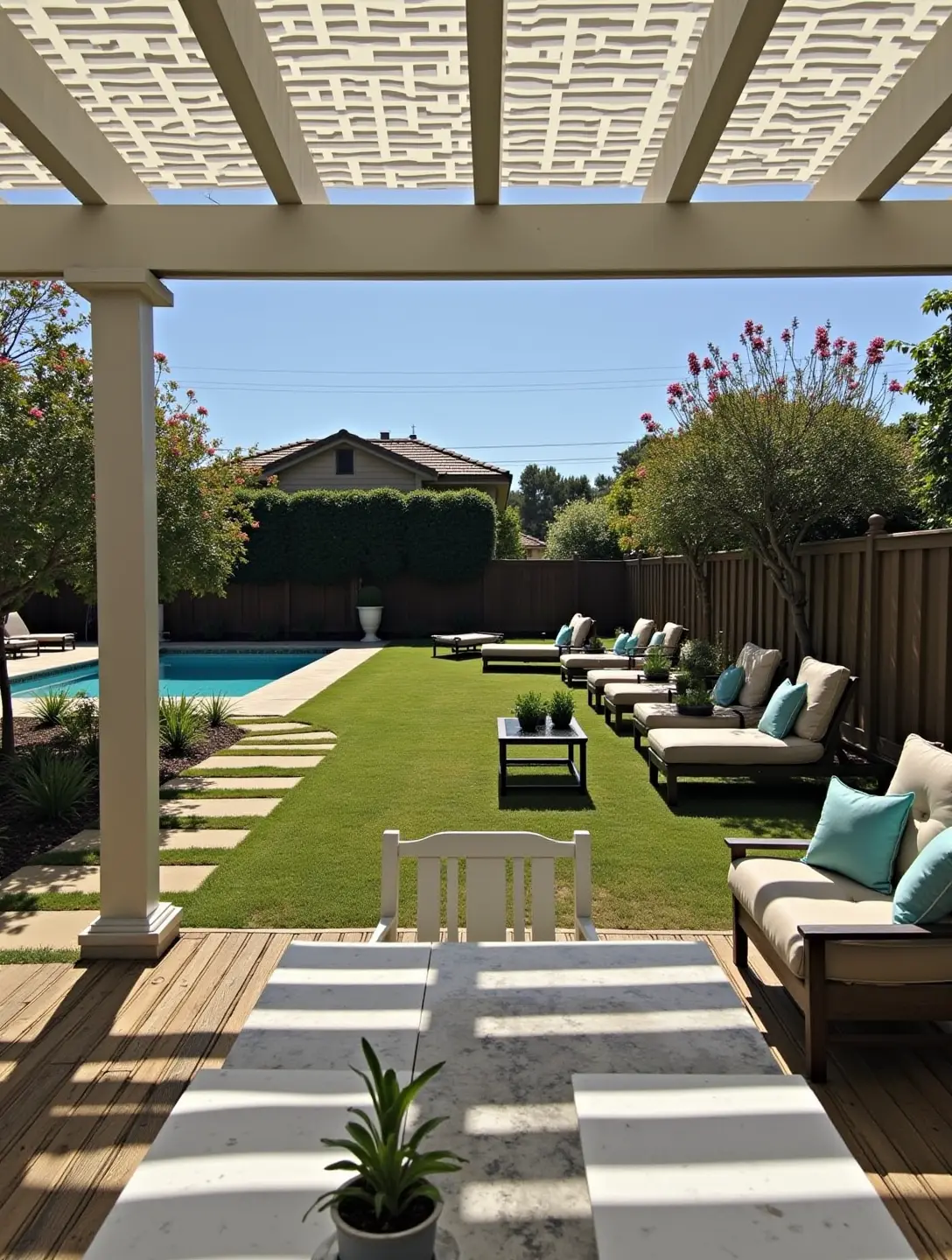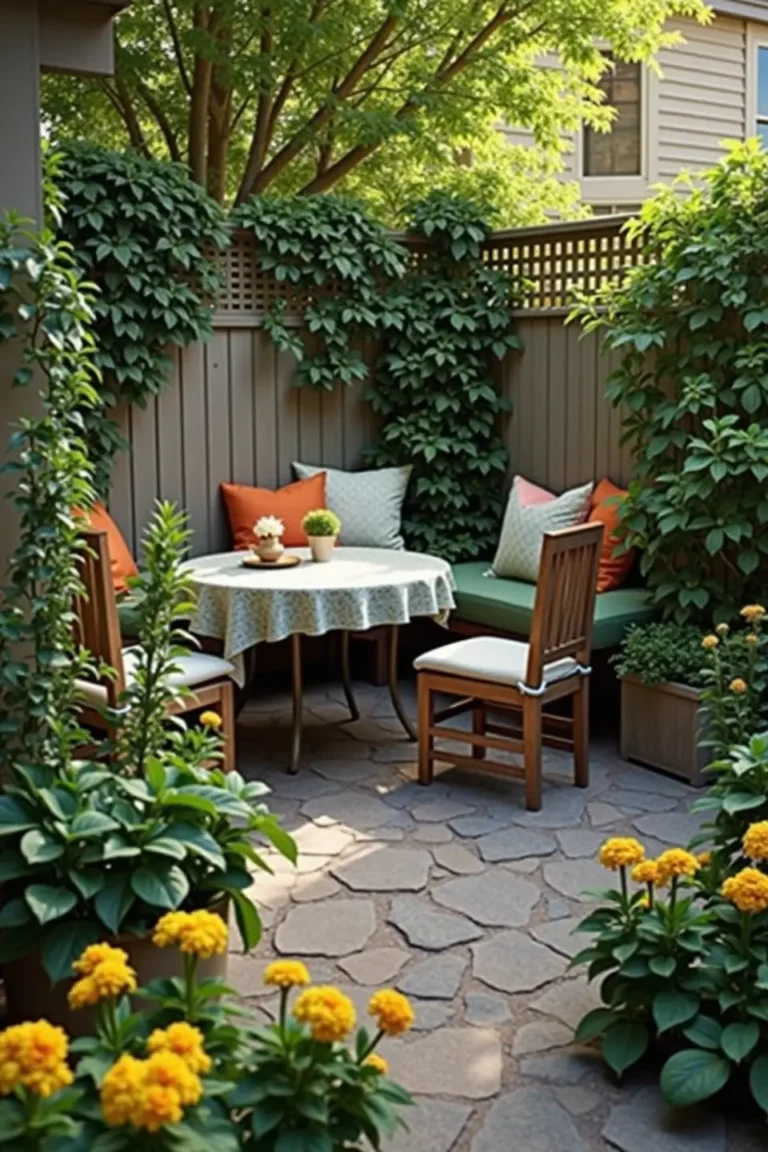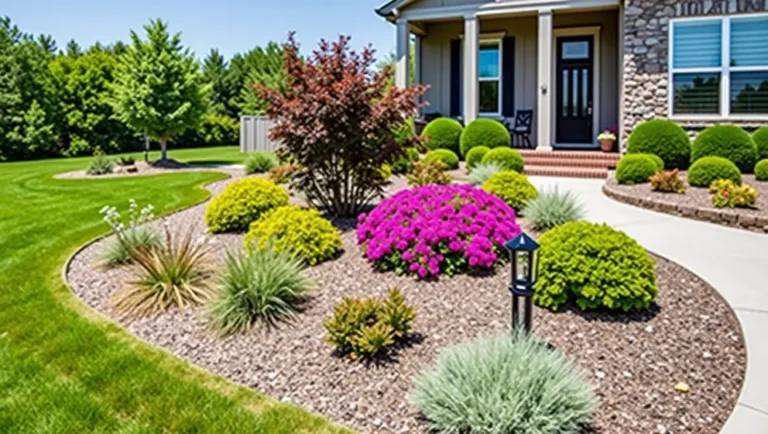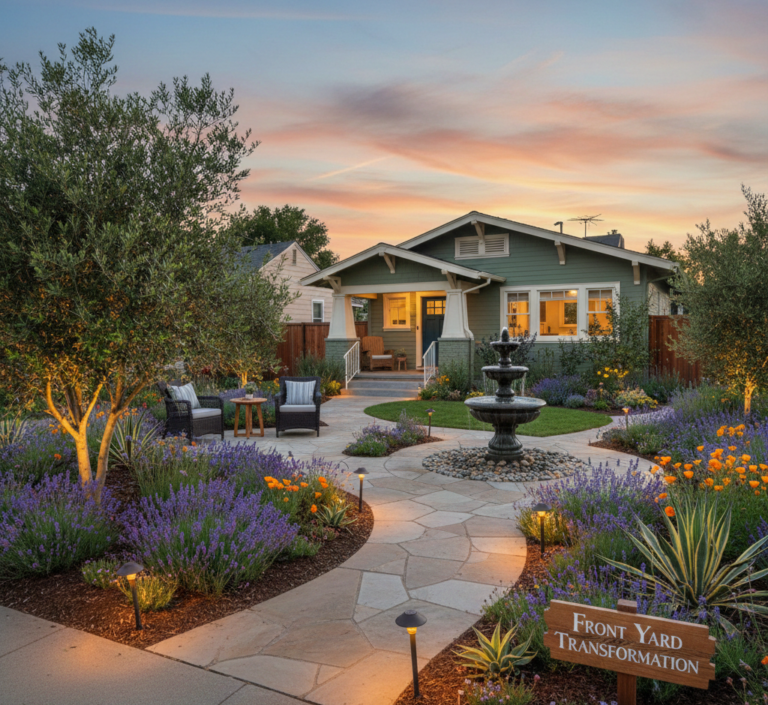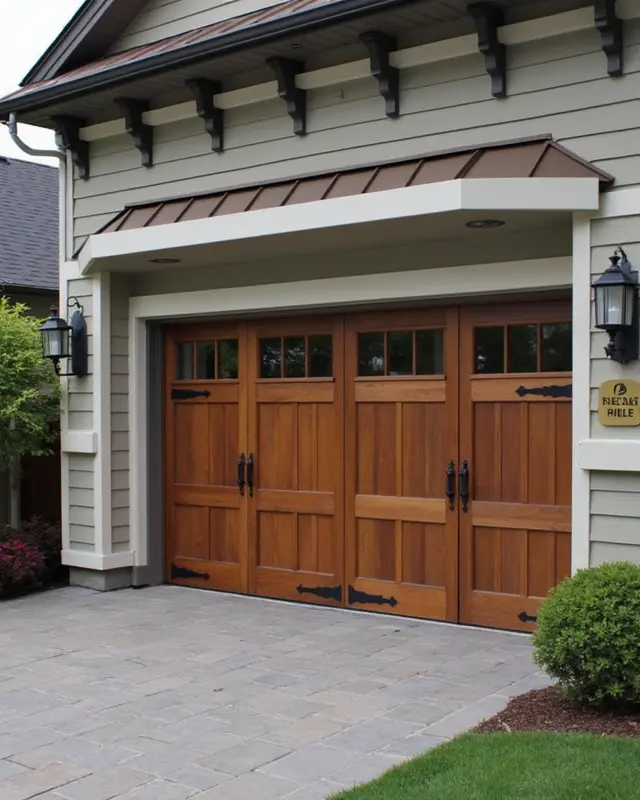Choose the Perfect Tree For Your Front Yard
Choosing the Right Tree For Your Front Yard: A Guide to Beautiful Landscaping
When it comes to enhancing the curb appeal of your home, few things can make as dramatic an impact as a well-placed tree in your front yard. But with hundreds of species to choose from, selecting the right tree can feel overwhelming. This guide will take you through the journey of choosing the perfect tree for your front yard, blending aesthetics with practicality to create a beautiful and functional outdoor space.
Understanding Your Landscape
Before we dive into specific tree choices, it’s essential to assess your unique landscape. Consider the following:
- Climate: Are you in a cool, temperate zone, or is your area known for scorching heat?
- Soil Type: Is your soil clay-based, sandy, or loamy? Each type affects tree growth differently.
- Sunlight: How much sunlight does your front yard get? Full sun? Partial shade?
- Space: How much room do you have? Some trees need space to grow wide and tall, while others are perfect for compact areas.
Defining Your Aesthetic Goals
What do you envision for your front yard? Are you dreaming of a majestic oak providing shade, or would colorful blossoms from a flowering cherry tree be more appealing? Think about the style of your home and how the tree will complement it. Here are some common aesthetics to consider:
- Classic Elegance: Trees like the maple or oak bring a timeless appearance.
- Modern Minimalism: Consider a sleek columnar tree like the Italian Cypress for a contemporary look.
- Vibrant Color: For seasonal interest, flowering trees like dogwoods or redbuds are excellent choices.
Exploring Tree Options
Now that you have a clearer picture of your landscape and goals, let’s look at some fantastic tree options for your front yard:
1. Japanese Maple
This stunning tree is renowned for its vibrant foliage that changes color throughout the seasons. It thrives in partial shade, making it ideal for smaller front yards.
2. Crepe Myrtle
Your front yard will burst with color when you choose a crepe myrtle, known for its gorgeous summer blooms and beautiful bark in the winter. It works well in warmer climates and can be pruned to keep it compact.
3. Red Maple
A favorite in many regions, the red maple offers stunning red foliage in the fall and can adapt to various soil conditions. It’s a fast-growing tree, ideal for those looking for quick results.
4. Flowering Pear
This tree offers lush white blooms in spring and provides a pleasing symmetry to your yard. Its adaptability and urban tolerance make it a popular choice.
Maintaining Your Tree
Once you’ve chosen the perfect tree, be prepared for a little maintenance. Regular watering, pruning, and understanding your tree’s unique needs will ensure it thrives in your yard. Consider the following tips:
- Water deeply but infrequently to encourage strong root growth.
- Prune regularly to remove dead or crossing branches, enhancing air circulation.
- Monitor for pests and diseases to address any issues early.
Final Thoughts
Choosing the right tree for your front yard may take time, but the results will be worth it. A well-chosen tree can provide shade, beauty, and a welcoming ambiance to your home. Remember to consider your landscape, aesthetic goals, and the specific needs of the tree to make the best choice.
FAQs
What is the best tree for small front yards?
For small front yards, consider columnar trees like the Scarlet Oak or decorative trees such as the Japanese Maple that won’t take up too much space while providing beauty.
How long does it take for trees to grow?
The growth rate depends on the species. Fast-growing trees like the Red Maple can grow up to 3 feet a year, while slower-growing options might take several years to reach their full height.
Can I plant a tree close to my house?
It’s generally recommended to plant trees at least 10-15 feet away from your home to prevent damage to your foundation and to allow for healthy growth.
What maintenance do trees require?
Basic maintenance involves regular watering, seasonal pruning, and monitoring for pests and diseases. Each species has its specific requirements, so always research your tree’s needs.
“
